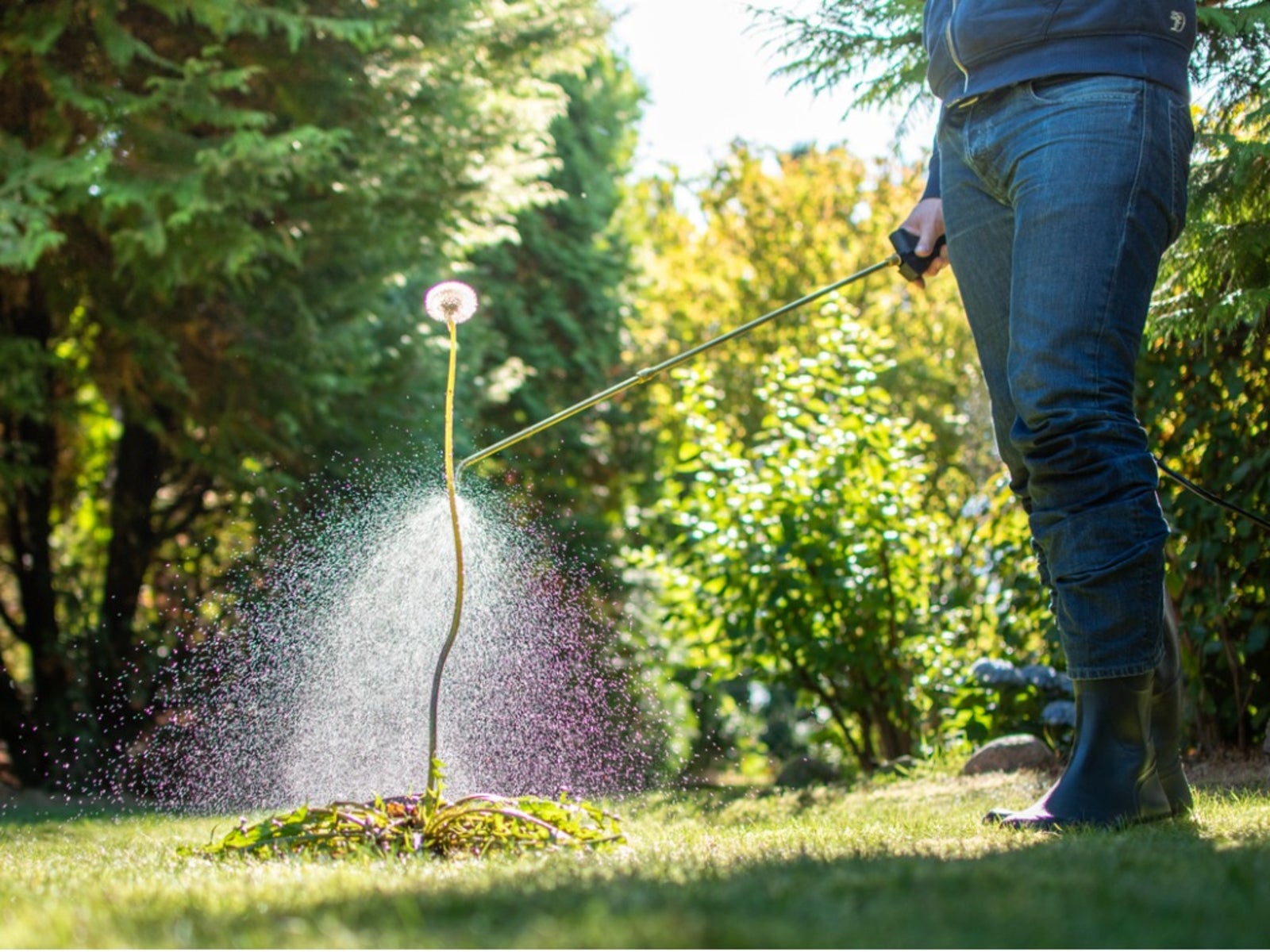Using Herbicide In Gardens - When And How To Use Herbicides


There are times when the only way to get rid of a stubborn weed is to treat it with an herbicide. Don't be afraid to use herbicides if you need them, but try other control methods first. Pulling, hoeing, tilling, and digging will often take care of weed problems without the need for chemical sprays. Let's learn more about using herbicide in gardens.
What are Herbicides?
Herbicides kill plants or prevent them from growing. Their method of killing plants is as varied as the plants they kill. The first step in understanding herbicides is to read the label. Labels tell you how to use herbicides safely and effectively. It is illegal to use herbicides for any purpose or by any method other than as indicated on the label. Go for organic or use corn gluten. Here are some tips to help you use herbicides safely and effectively:
- Avoid using herbicides on windy days and near bodies of water.
- Always wear a protective mask, gloves, and long sleeves.
- Make sure children and pets are indoors when you spray herbicides.
- Buy only as much herbicide as you need and store it in a safe place, out of the reach of children.
Types of Herbicides
Herbicides can be divided into two main categories: selective and non-selective.
- Selective herbicides kill certain types of weeds while leaving other plants unharmed. The herbicide label lists the target weeds as well as garden plants that are unaffected.
- Non-selective herbicides, as the name implies, can kill almost any plant. Selective herbicides are useful when treating weeds in lawns and gardens. Non-selective herbicides make it easy to clear an area when starting a new garden.
Selective herbicides can be further divided into pre-emergent and post-emergent herbicides.
- Pre-emergent herbicides are applied to the soil and kill young seedlings soon after they emerge.
- Post-emergent herbicides are usually applied to the foliage where they are absorbed into the plant tissue.
The type determines when to apply an herbicide. Pre-emergents are usually applied in late winter or early spring, while post-emergents are applied in spring after the weeds begin to grow. When using herbicide in gardens, take care to protect the plants you don't want to kill. If you have identified your weed, you may be able to find a selective herbicide that will kill it without harming garden plants. Again, go for organic methods if they are available.
Note: Chemical control should only be used as a last resort, as organic approaches are more environmentally friendly.
Gardening tips, videos, info and more delivered right to your inbox!
Sign up for the Gardening Know How newsletter today and receive a free copy of our e-book "How to Grow Delicious Tomatoes".

Jackie Carroll has written over 500 articles for Gardening Know How on a wide range of topics.
-
 8 Noteworthy Native Azaleas Every Gardener Should Know – And Grow!
8 Noteworthy Native Azaleas Every Gardener Should Know – And Grow!Native azaleas offer brilliant blooms in a range of colors and sizes. Here are a few favorites to get inspired and start working on a native shade garden!
-
 Growing Climbing Roses: How To Create Elegant Displays With Maximum Blooms
Growing Climbing Roses: How To Create Elegant Displays With Maximum BloomsMaster the art of growing stunning climbing roses with this essential guide to creating vibrant, fragrant walls and structures all summer long.